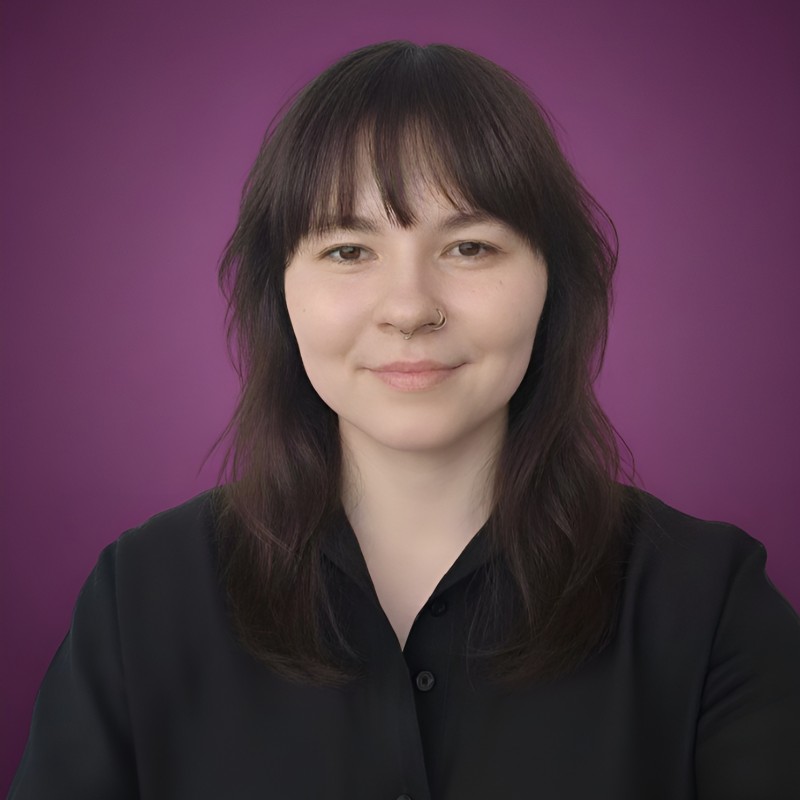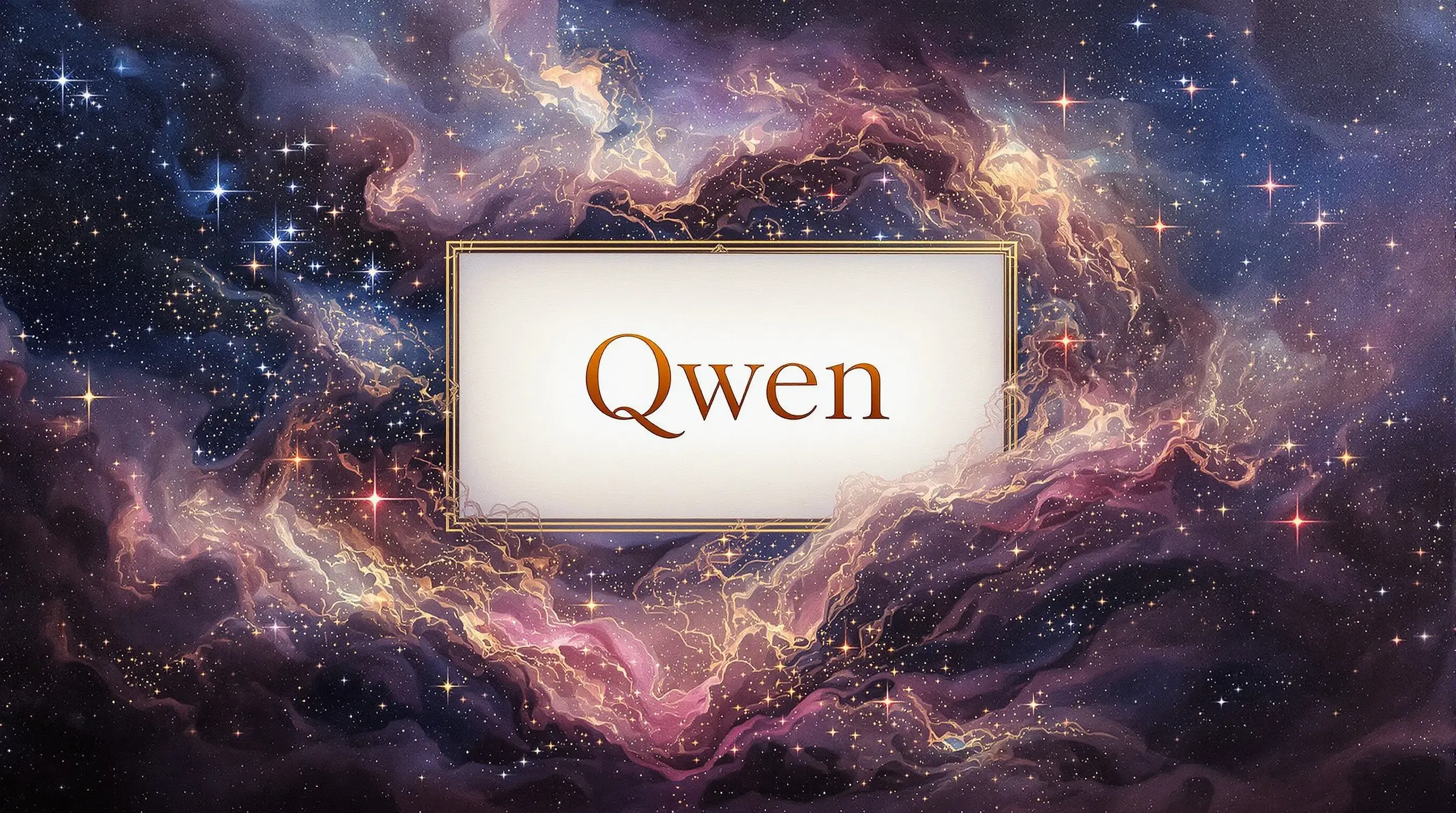Meet Qwen Image, The AI Model Built for Text-Heavy Prompts
Great text in AI-generated images is still a rare thing. The new Qwen Image model says it can finally deliver, even in multiple languages. So how good is it really? We tried it side by side with the best. Keep reading to see the results!
You can try Qwen Image in getimg.ai's Image Generator right now!
What Is Qwen Image, Exactly?
Qwen, or more precisely Qwen Image, is a multimodal AI model built by Alibaba as part of their broader Qwen 2.5 family. This Text to Image branch is their answer to models like GPT Image, FLUX.1, or Seedream 3.0, but with a few twists.
Under the hood, it’s a diffusion-based model trained on a massive set of curated data: 5.6 billion text-image pairs, with:
- 55% nature and object photography
- 27% design content like slides, posters, infographics
- 13% people
- 5% synthetic content (e.g. rendered or programmatic images)
And notably, the Qwen team filtered out low-quality images. The training data focuses on human-created visuals paired with carefully written text, aiming for accuracy, not chaos.
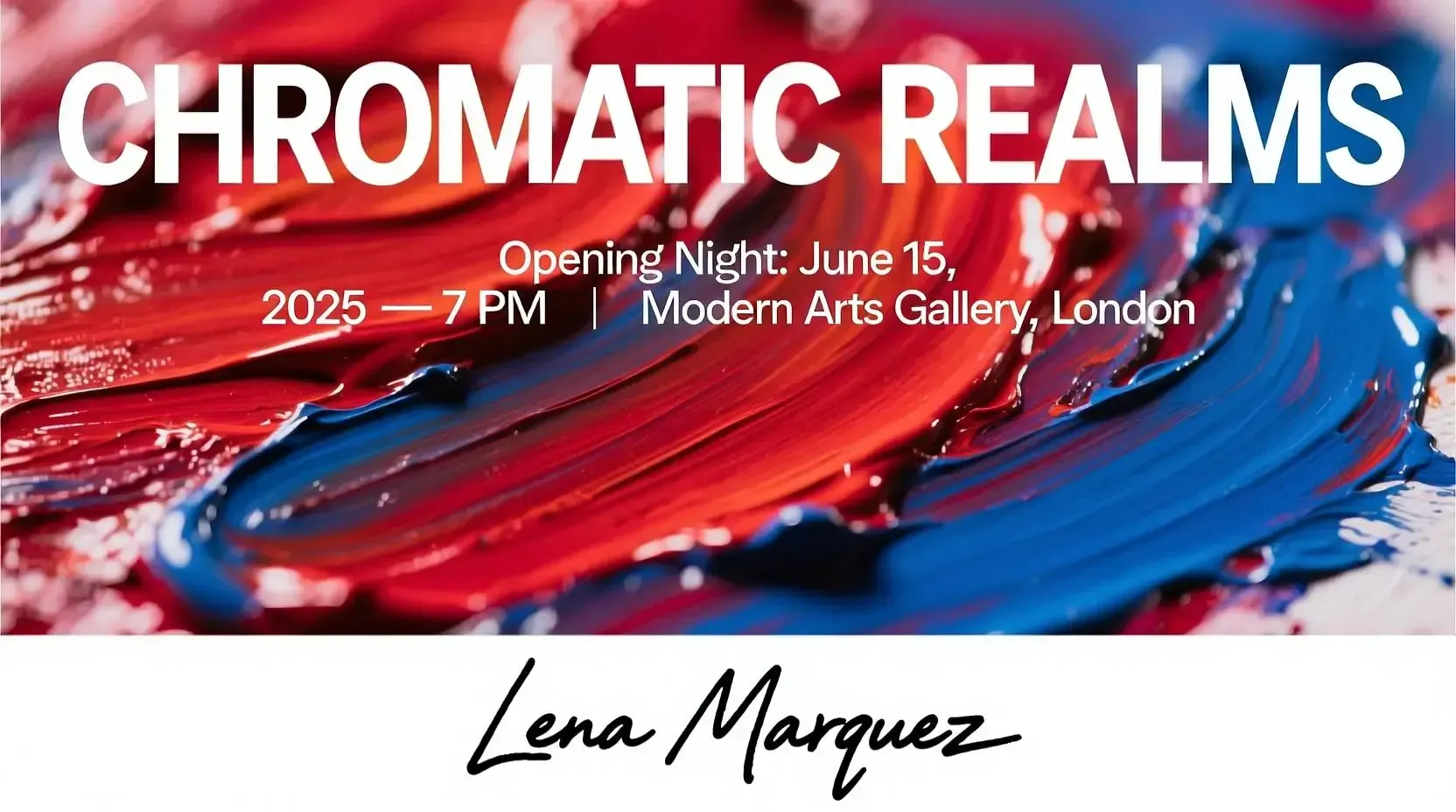
Background: blurred close-up of thick oil paint swirls in deep reds and cobalt blues. Top third in 70pt white bold all caps: CHROMATIC REALMS. Middle in 28pt minimalist sans-serif, left-aligned: Opening Night: June 15, 2025 — 7 PM | Modern Arts Gallery, London Bottom in 60pt black handwritten script: 'Lena Marquez' overlapping slightly with paint texture.
How Qwen Image Actually Works (And Why It’s Different)
Qwen-Image is built from three tightly connected components, each handling a different part of the job: understanding the prompt, rendering the image, and preserving structure and clarity.
🧠 1. Qwen2.5-VL: The Brain That Understands You
This is a multimodal language model, meaning it processes both your text prompt and visual concepts at the same time. It doesn’t just see words like "dog" and "poster" and hope for the best. It understands structure, context, and layout.
So when you say, “a Chinese-English poster with a heading on top and a list of three items below,” Qwen Image 2.5-VL figures out where things should go and what should be prominent. It's like a design assistant that reads your mind… or at least your sentence structure.
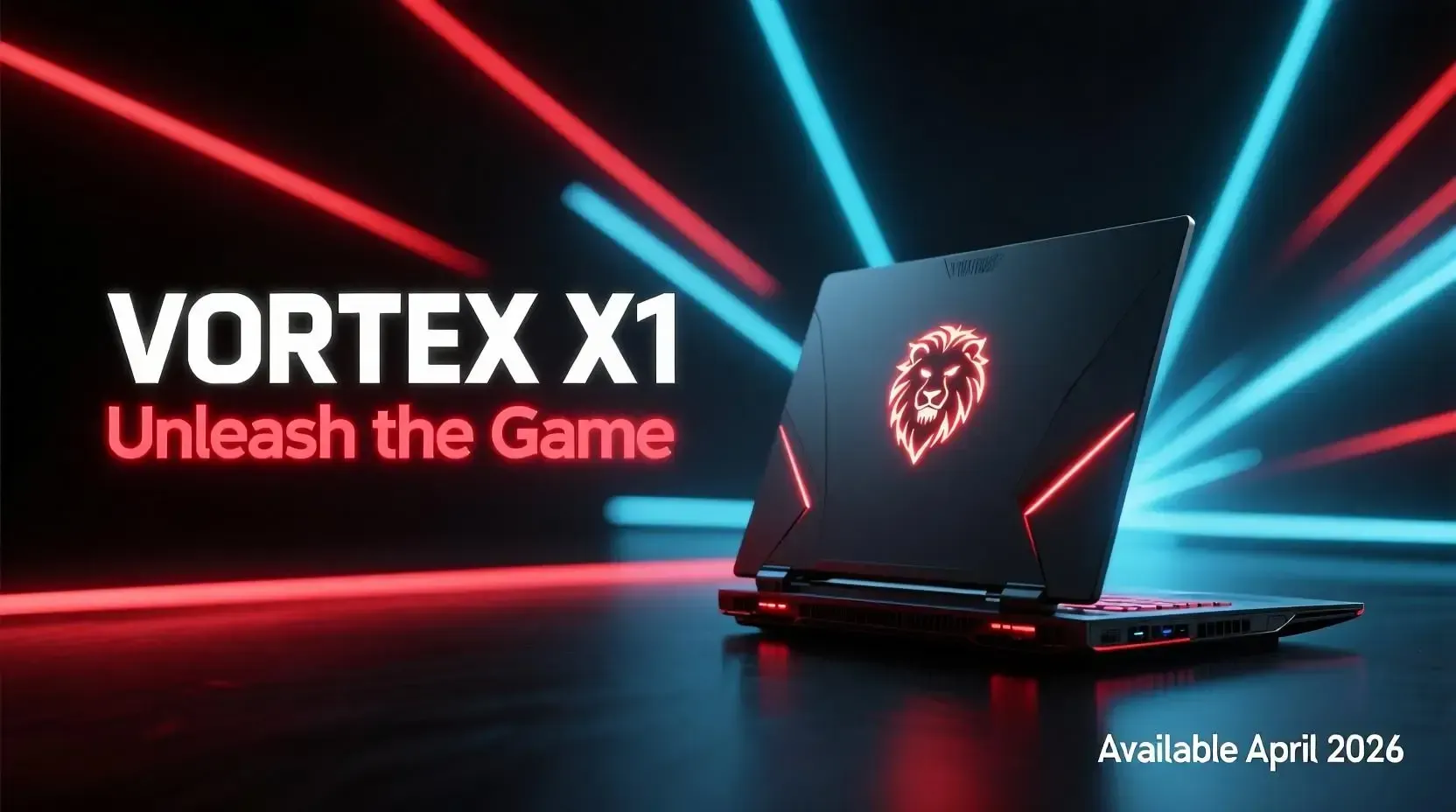
Background: dark with neon streaks of red and blue. Classy, modern, minimalist. Gaming laptop in the center with a lion logo. Center left in white bold sans-serif, 120pt font size: VORTEX X1. Below in 48pt neon red: Unleash the Game. Bottom right in 36pt white: Available April 2026.
🧱 2. VAE Encoder/Decoder: Why Your Image Doesn't Look Like Mush
VAE stands for Variational Autoencoder: basically, a compression tool for images. Think of it as a translator that takes the final output image and shrinks it into a compact format, without losing critical details like small fonts, subtle curves, or tight spacing.
Most models trained on generic image datasets tend to blur or mangle small text. Qwen Image’s VAE was trained on high-resolution documents, posters, and layouts, which makes it way better at preserving fine-grained detail. That’s why it doesn’t fall apart when you ask for multiple lines of text in different font styles, or a bilingual layout with small footnotes.
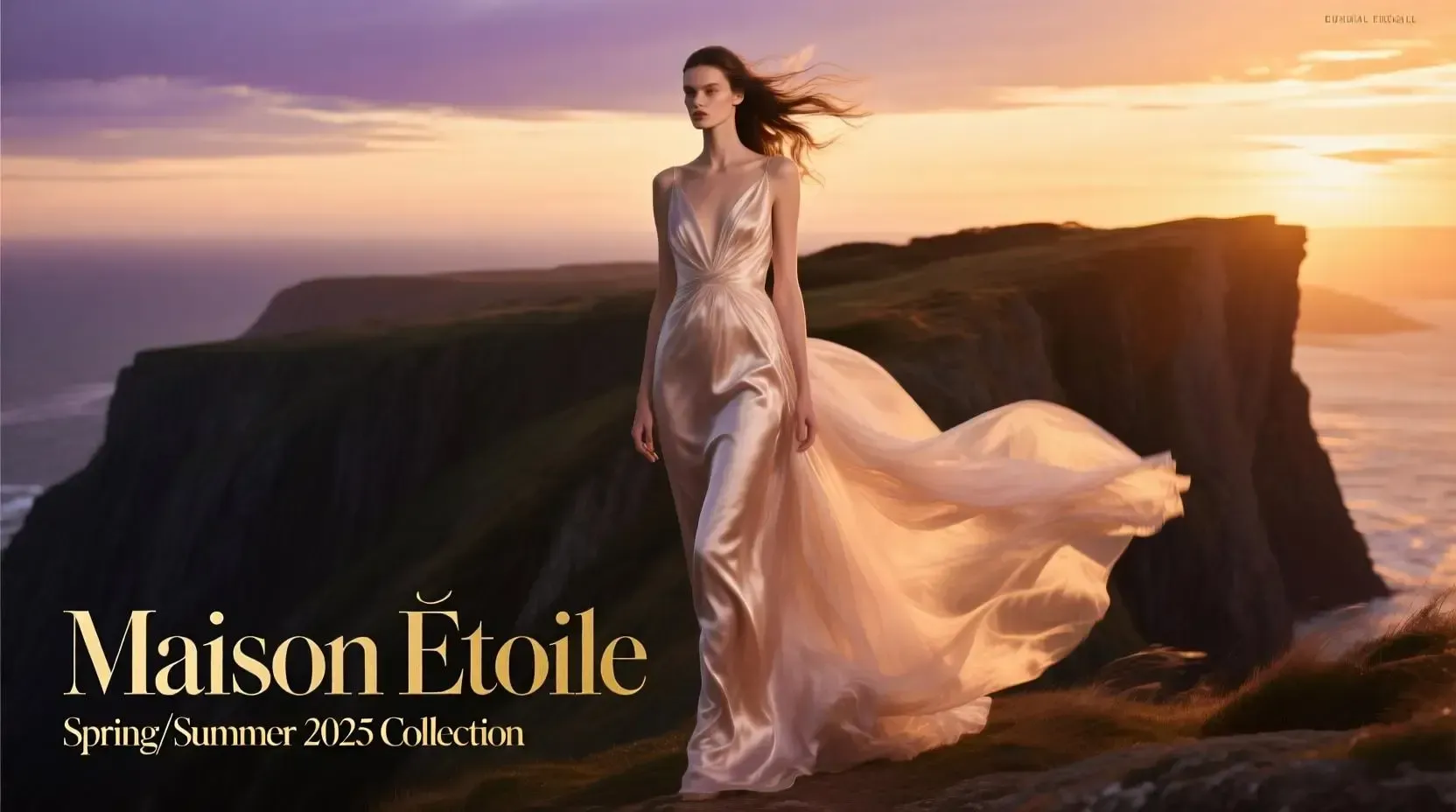
A high-end fashion magazine spread, ultra realistic. Full-bleed photo of a model in a flowing silk gown on a windswept cliff at sunset. Bottom left in elegant serif, 120pt font size: Maison Étoile. Below in gold italic, 48pt font size: Spring/Summer 2025 Collection.
🎨 3. MMDiT: The Engine That Paints
This is Qwen’s diffusion model backbone, called MMDiT (Multimodal Diffusion Transformer). In simple terms: it’s the engine that gradually “denoises” a random image into your requested result, like watching a Polaroid slowly come into focus.
But what makes MMDiT special is that it doesn’t just rely on generic image training. It’s fine-tuned to coordinate with the language model and VAE, ensuring that the meaning of your words translates into structured visual output. It understands that “center the text” isn’t just a suggestion, it’s an instruction.
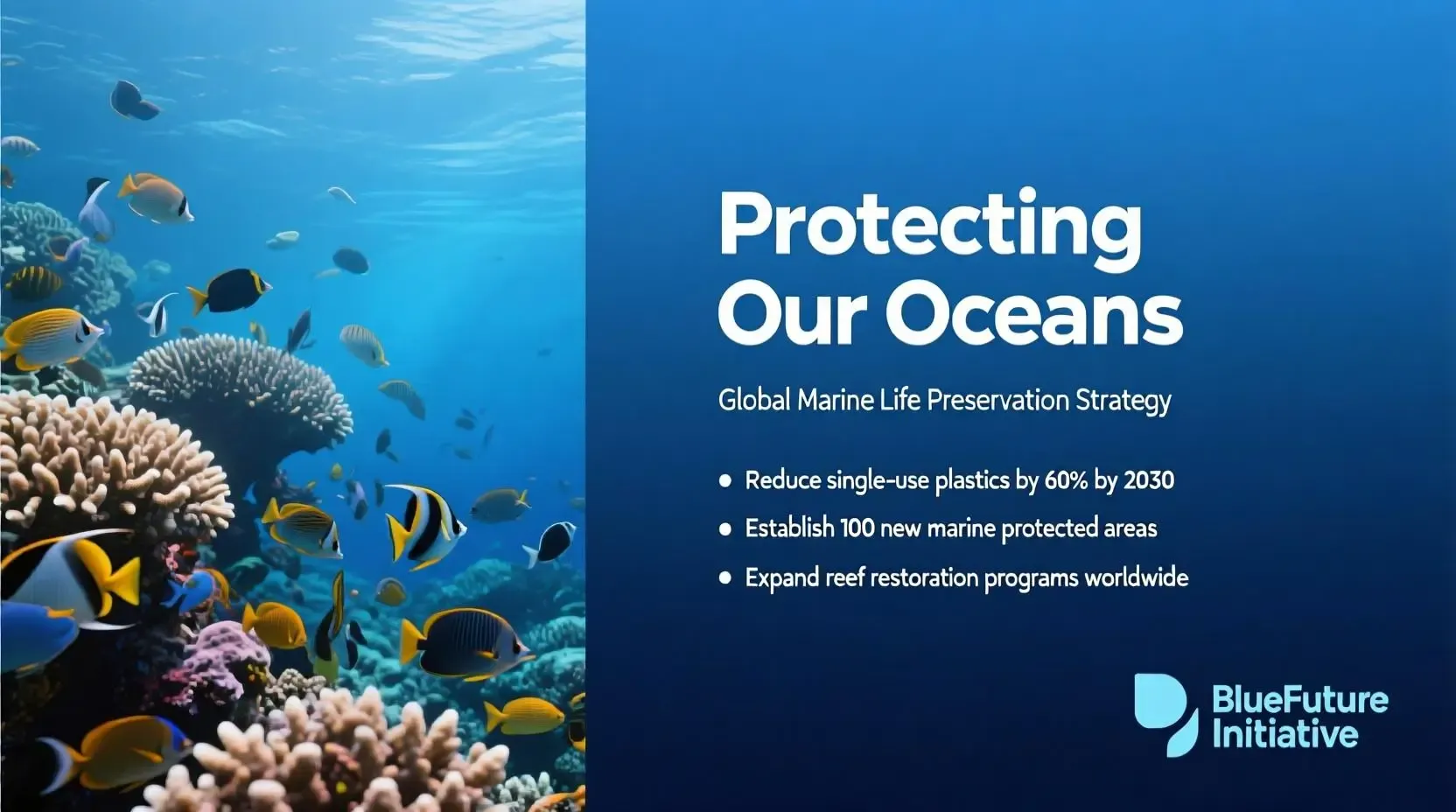
Modern, elegant, minimalistic slide design with a deep blue gradient background. On the entire left side, a full-bleed photorealistic photo of a coral reef with tropical fish. On the right, a large white sans-serif heading: Protecting Our Oceans. Below in smaller text: Global Marine Life Preservation Strategy:. Three bullet points in white, evenly spaced: • Reduce single-use plastics by 60% by 2030 • Establish 100 new marine protected areas • Expand reef restoration programs worldwide. Bottom right corner: BlueFuture Initiative.
The MSRoPE Trick, And Why It Matters for Text
Here’s where Qwen Image gets clever.
It introduces a clever mechanism called Multimodal Scalable Rotary Position Encoding (MSRoPE). That sounds like a mouthful, but here’s the short version:
Most AI image models treat your prompt like a long sentence: just a linear list of words. That works fine for general art, but not when placement matters, like posters, slides, or UI mockups.
MSRoPE solves this by mapping your text prompt spatially into the image. It literally arranges the text along a diagonal grid, so the model knows not just what to write, but also where it belongs in the image. The result? You get actual layouts, not just floating letters somewhere in the scene.
Trained Like a Student, Not a Sponge
Rather than throwing it all at the model at once, Qwen Image was trained in three stages:
- Simple images + captions
- More complex prompts
- Paragraph-length inputs with multilingual data
This curriculum learning strategy gave the model a chance to build skills progressively, like going from handwriting your name to designing a brochure.
It pays off in how the model handles multilingual content, spacing, and paragraph structure, especially with complex languages like Chinese.
So We Tried It: A Test Across Qwen Image, FLUX.1.1 ultra, and GPT Image HD
To really see what Qwen can and can’t do, we ran three prompts across the top contenders available on getimg.ai: FLUX.1.1 ultra, GPT Image HD, and the model in question, Qwen Image.
Each prompt was tailored to highlight a different strength:
🧾 Prompt 1: Text Rendering
Prompt: "Minimal high-fashion perfume ad. Background: black and white portrait of a woman’s face, partially visible, soft-focus. Centered in tall thin gold serif, 90pt: 'ÉCLAT NOIR'. Below in 36pt white italic: 'The Essence of Night'. Bottom right corner: clear perfume bottle in the shape of a swan."

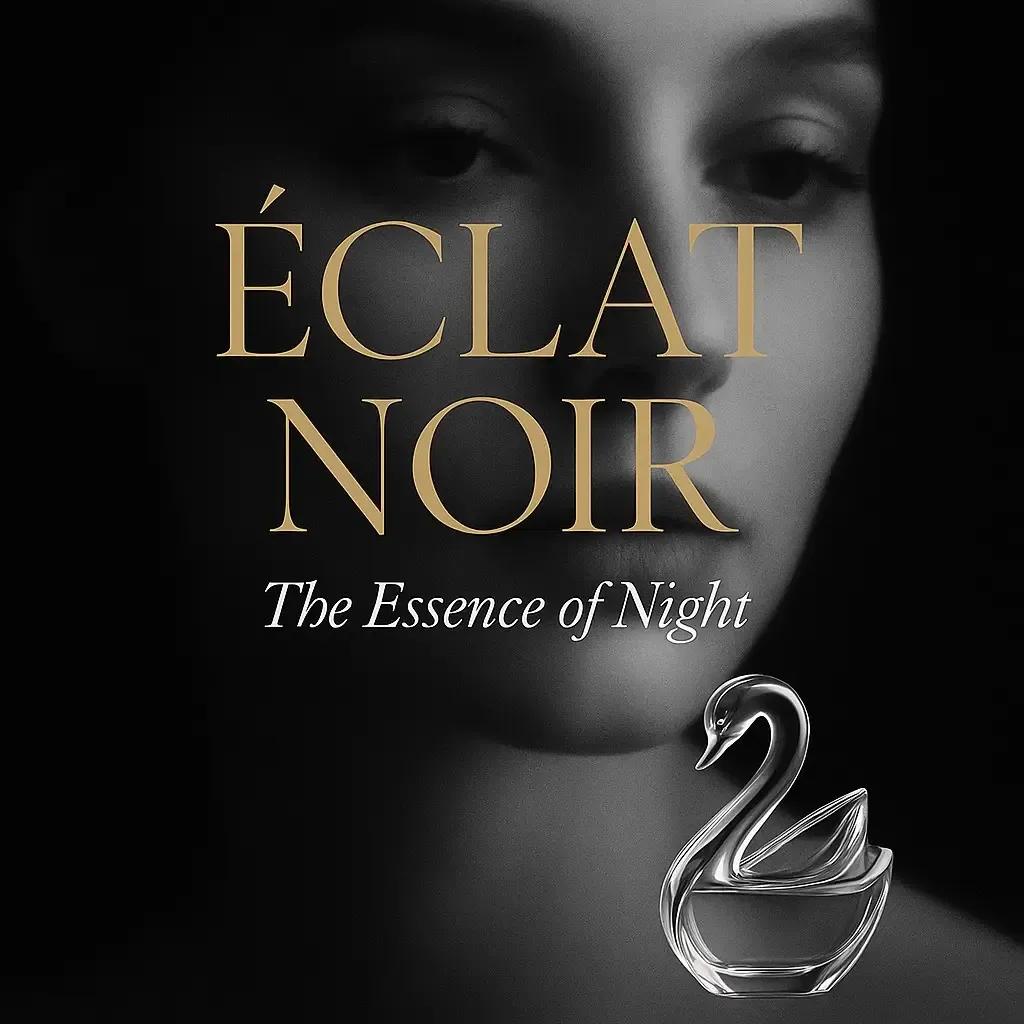
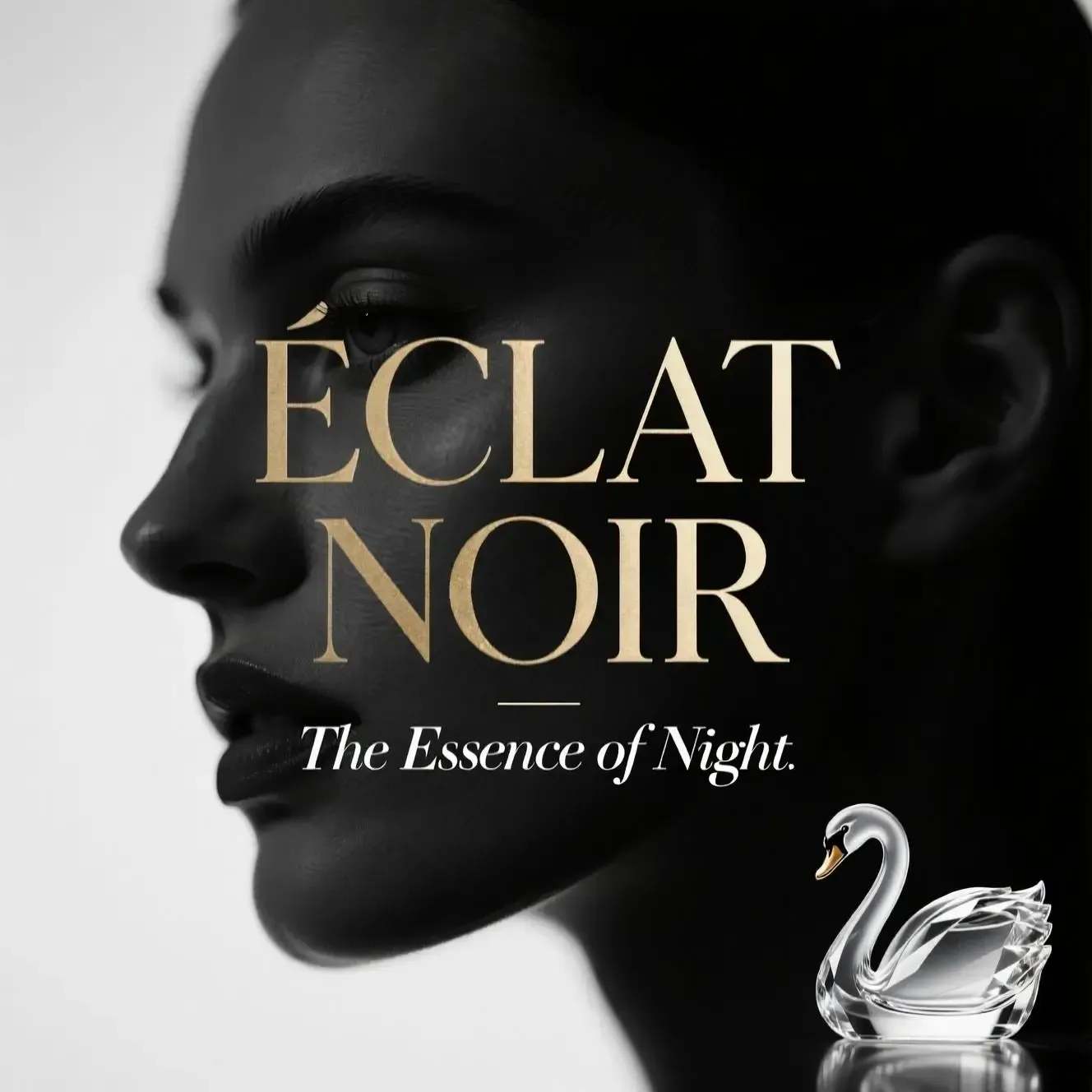
FLUX.1.1 [ultra]
GPT Image HD
Qwen Image
Verdict: While FLUX.1.1 [ultra] dominated pure aesthetic-wise, Qwen Image had a top-level showing with excellent prompt-following, down to font size and exact element placement.
📸 Prompt 2: Photorealistic
Prompt: "Photograph of a woman in a white suit with freckled skin and visible pores, facing forward under soft window light. Canon DSLR 50mm lens creates bokeh background of muted geometric patterns. High contrast shadows frame her pale pink lips and subtle blush. Sharp textures in curly ginger hair, eye reflections capture light. Muted gold tones, no filters, 8K."
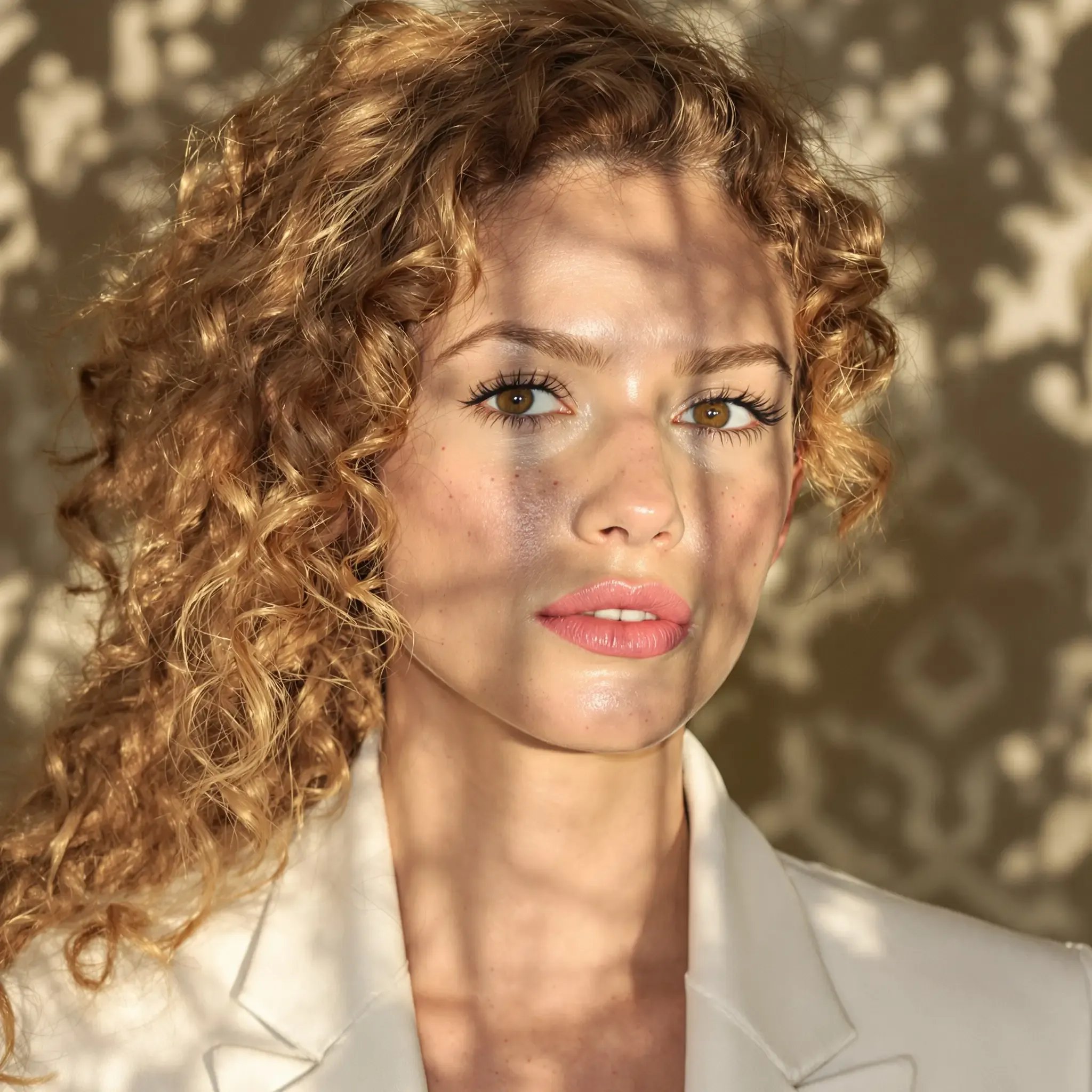
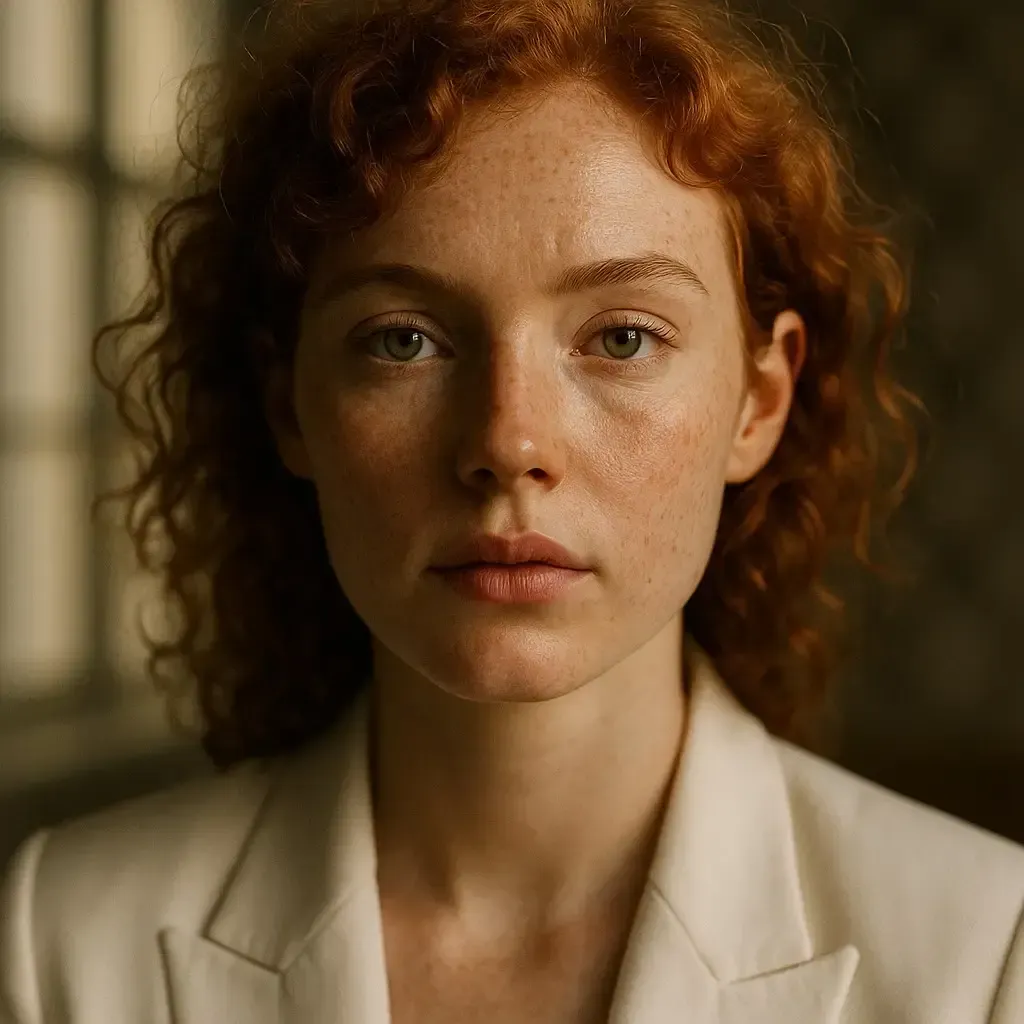
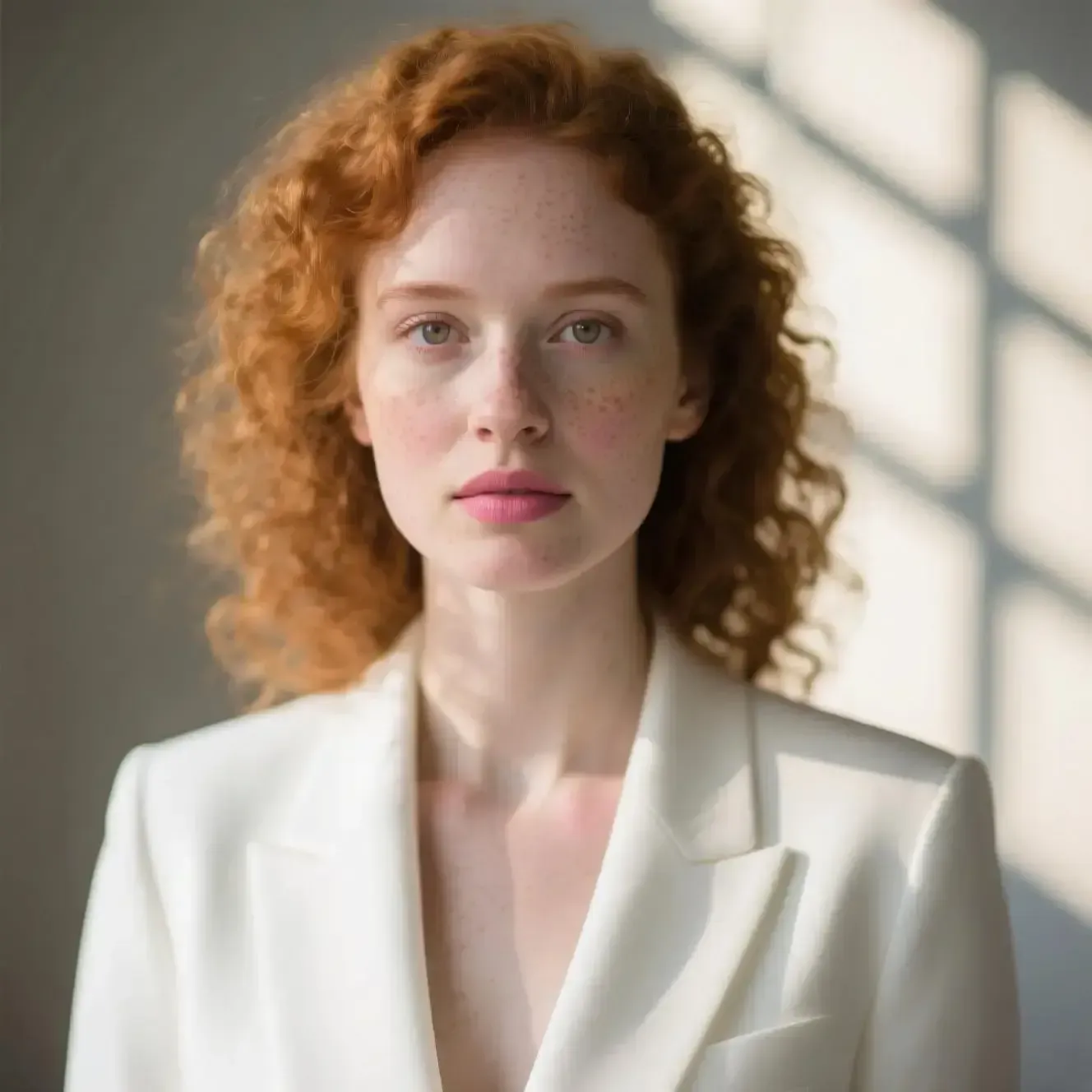
FLUX.1.1 [ultra]
GPT Image HD
Qwen Image
Verdict: GPT Image HD and Qwen Image both deserve praise for their entries in this category, but it's clear that FLUX.1.1 [ultra] is the #1 option for photorealistic images with no "AI feel".
🎨 Prompt 3: Artistic
Prompt: "A 19th-century clipper ship battling a violent storm in the North Atlantic, its sails straining against howling winds, foamy waves crashing over the bow. The sky is split by lightning, illuminating the vessel’s rigging in stark contrast. Painted in the turbulent, high-energy style of Ivan Aivazovsky, with layered oil textures, translucent water effects, and dramatic ocean color gradients."



FLUX.1.1 [ultra]
GPT Image HD
Qwen Image
Verdict: All of our contestants handled this task really well, with FLUX.1.1 [ultra] coming in slightly ahead due to a more natural and detailed look.
So, What Is It Actually Good At?
Here’s the TL:DR of where Qwen Image shines:
- Text rendering (duh), especially Chinese, English, or both in the same image
- Multi-line layouts: not just one word on a billboard, but actual paragraph structure
- Stylized fonts: it can handle calligraphy, handwritten text, and varying typography
- Real-world layouts, like posters, slides, magazine covers, and presentation mockups.
In short, the Qwen Image model is less about aesthetics and more about precision, especially when structure, language, and layout matter more than style.
Final Take
If your creative work involves text-heavy prompts, multilingual layouts, or designs with precise structure, Qwen is worth paying attention to.
Interested? You can check out Qwen Image in getimg.ai's Image Generator right away!
